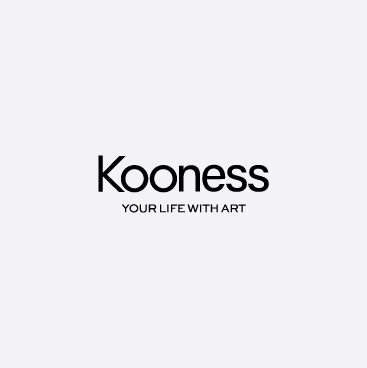Robert Hausser
Germany
5 Works exhibited on Kooness
Represented by
Categories
Don't have the time to browse through this artist's catalogue? Fill in this form to receive a curated selection of their works tailor-made to your needs.
Works by Robert Hausser
Robert Häusser (1924 - 2013) is not only one of the most important contemporary German photographers of the post-war era, but also one of those outstanding artists with an unmistakable signature, who inspired many subsequent photographers, artists and people and whose visual languages still have an international appeal. But Robert Häusser also tells a German story that tells of his experiences with National Socialism and the war, his time in the East Zone and his travels and numerous encounters with famous personalities as well as his experiences in his adopted home of Mannheim. He photographically explored his homeland and commemorated her through exhibitions and publications. The close connection with Mannheim and his gratitude express themselves in the decision his life's work in 2002, despite great interest from other well-known museums of the Curt Engelhorn Foundation for the Reiss Engelhorn museums to donate. Since then, the Robert Häusser Archive has been maintained in the Forum Internationale Photographie (FIP). Born in Stuttgart, Häusser received an early photographic education. His works reflect events and passages of his life in the war years and his time as a farmer in the former Soviet occupation zone, where he lived from 1946 to 1952 at the farm of his parents in the Mark Brandenburg. Already in 1950 there were first exhibitions, so at the first photokina in Cologne. At the same time, Robert Häusser is accepted into the Gesellschaft Deutscher Lichtbildner (GDL), today's German Photographic Academy (DFA). From the Soviet zone of occupation he fled in a night and Nebelaktion on adventurous ways and arrived in 1952 with his family in Mannheim. Already in 1953 he had built up a new existence in his adopted home Mannheim. The 1950s, 60s, 70s are considered to be his 'golden age' when clients from many countries worked and traveled around the world on several occasions. His commissioned work resulted in his so-called 'base archive'. These include the monumental views and succinct forms of industrial photography that have become so characteristic of Häusser, such as those made for the chemical company BASF in Ludwigshafen, the gas works of the city of Mannheim or the state-owned Rhein-Neckar-Hafengesellschaft. In the early 1970s, he gave up his successful advertising studio in Mannheim-Käfertal to devote himself only to free artistic work. Glamor is sought in vain, Häusser's paintings are simple and unpretentious therefore, without frills and pomp and take in deliberate clarity and sharpness their motives in the focus. The pictorial compositions show affinity to New Objectivity and Magic Realism. Häusser was not a closed photographer, but responded to contemporary trends. There are moments of Surrealism, Nouveau Réalisme, Popart, Land Art, Concept Art, the New Topographic Movement and Staged Photography, but he has always been one step ahead of these trends. Robert Häusser also recorded his numerous encounters with famous personalities such as visual artists, musicians, writers, philosophers and politicians. Sometimes one feels reminded of the works of an August Sander, without Häusser slipping into a distant exterior. He has always invaded his counterpart and his world in order to portray the essence of man individually. Häusser's pictures show a closeness to 'subjective photography', even if they did not directly belong to it. Nevertheless, the founder of this style, Otto Steinert, was in a meeting full of praise for him, as Häusser reported retrospectively: ", Keep it up. They will make their way, I can see that. ' It went down like oil and I wanted to hug him. After dinner, he invited me to a walk in the woods. That's where we got down to business. We talked about the future of artistic photography. "(R. Häusser, Schwarz und Weiß, p. 215). The Prince House Gallery is pleased and delighted to be able to offer exquisite originals from Robert Hauser's private estate. They come from the different groups of works of the artist's oeuvre. The exhibition with Häusser pictures inaugurates the new exhibition rooms of the Prince House Gallery and is accompanied by further loans from the Robert Häusser Archive of the Forum Internationale Photographie (FIP) .

